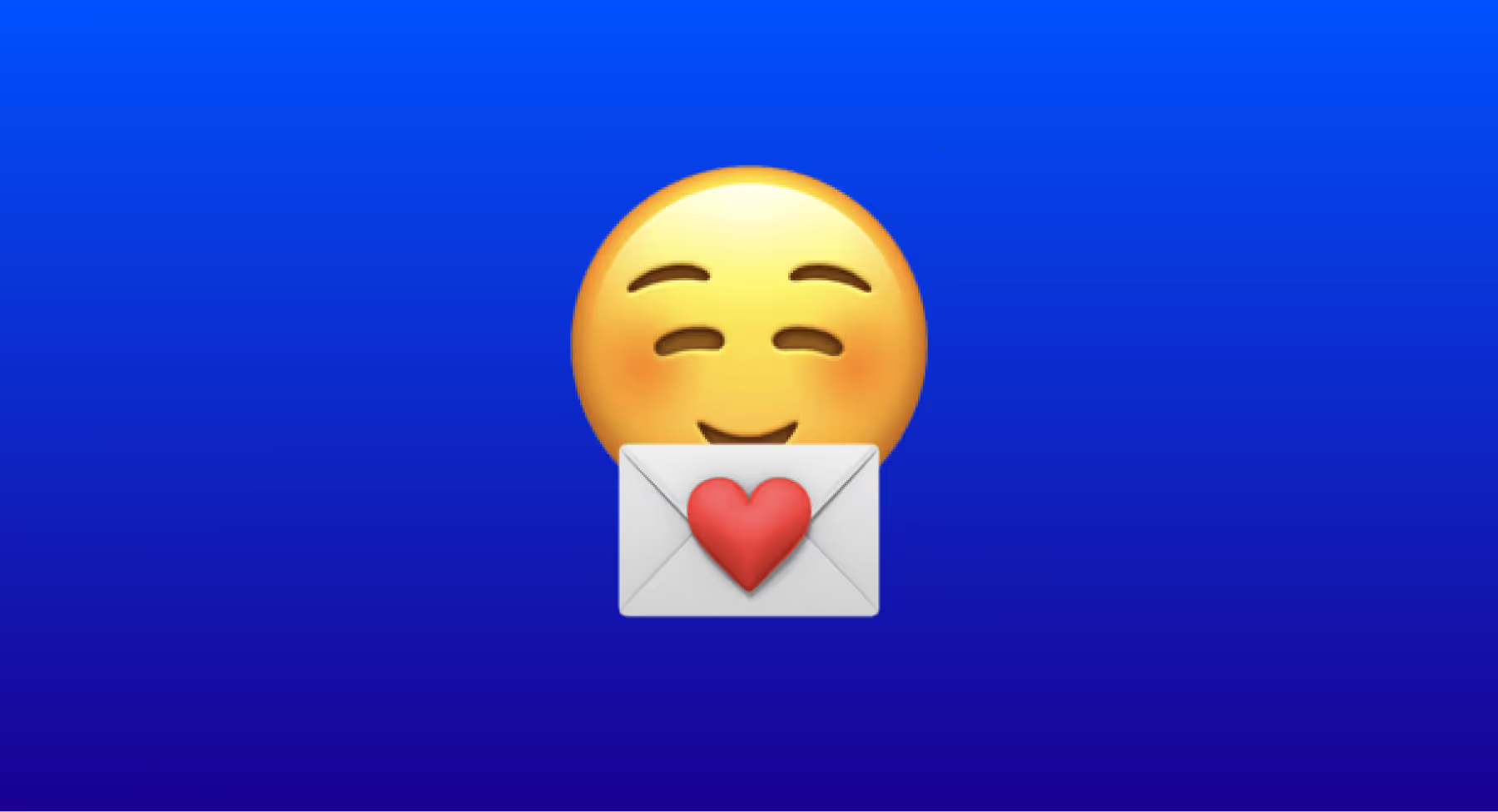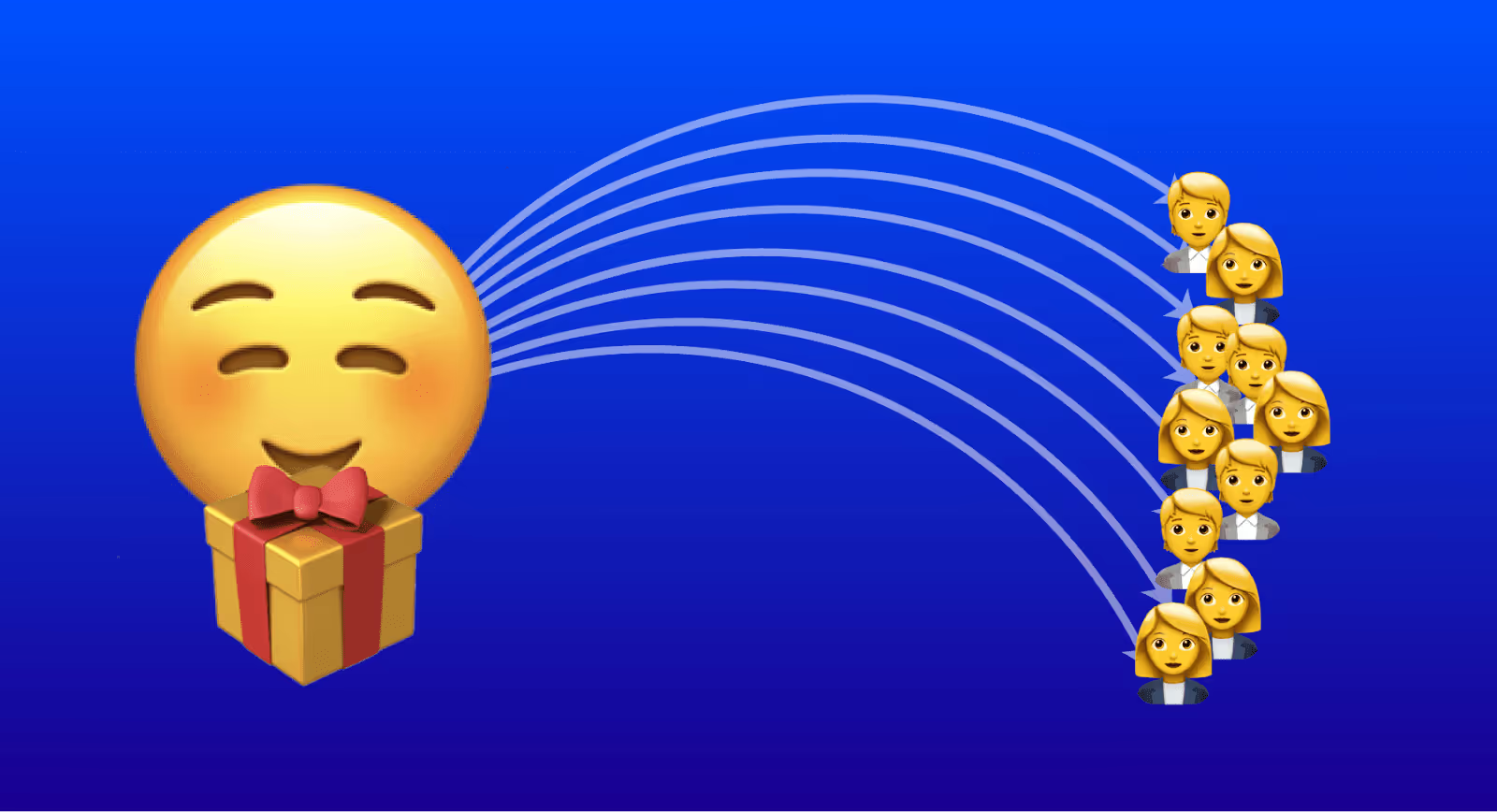How to Personalize Cold Emails (In 2026)


Cold email personalization used to mean checking someone's website, manually drafting a message, and tailoring it to them specifically.
Back then, that effort stood out because it showed you weren’t just blasting out automated emails, you were taking the time to craft something unique.
But times have changed. With AI powered tools now available to almost every company, the game has shifted.
Now let’s break down how to personalize your cold outreach in the AI driven world of 2026.
What is Cold Email Personalization?
Cold Email personalization is the act of making your cold emails feel tailored to the person you’re reaching out to. It’s about standing out by making the recipient feel like you’ve put in more effort than others.
The goal is to increase the likelihood that they’ll actually respond. But here’s the challenge, in a world where AI is being used by so many to automate this process, how do you maintain a human feel in your emails?
How Do Most Teams Personalize Cold Emails?

2024 is unique for outbound sales because of the rise of AI models like those from OpenAI and Anthropic. These tools are available to nearly everyone now, and a huge number of companies are using them to personalize their cold emails.
And this is how the vast majority of personalized cold emails are drafted and sent nowadays. Previously, every personalized cold email was written by hand, which is just no longer useful given the rise of AI.
So what’s the problem with AI personalization?
The biggest benefit of personalizing emails in the first place was showing that you're putting in a little bit more effort than your competitor. And that was really the only benefit of personalization.
Since everybody can now automate personalization, it doesn't make you feel all that different.
And this is even more unfortunate when you realize there's a huge limitation to how personal a personalized email can get. Sure, you can reference a Blog article or a LinkedIn post they just posted but is that really all that personal?
Think about it, if you received a cold email saying “…I came across your LinkedIn post discussing the difference between AI personalization and short and concise emails…” would you be likely to respond?
Or would you assume it’s AI personalization based on a scraped LinkedIn post?
I’m guessing it’s the latter. It’s just a fact nowadays that personalized cold emails just don’t have the same impact that they used to.
People can spot an automated email from a mile away. And no one likes receiving emails that feel automated, even if they’re technically personalized.
So, how do you break through?
How to Personalize Emails in 2024

In 2024, with so many people using AI to “personalize” their outreach, those emails can often feel more robotic than ever. Ironically, this rise of AI generated personalization is exactly why your emails need to feel less polished and more human.
Our team uses a counterintuitive approach: writing emails that are lightly personalized and, frankly, a bit “lazy” but offer something of value. Why? Because it feels human and there’s value attached to each email.
Let’s look at two examples to show what we mean:
Example 1:
Hey Richard,
I came across PiedPiper and love what you’re doing for compression algorithms in the enterprise space.
We help companies like yours book 30+ meetings per month. I’d be happy to show you how if you’re interested.
Free tomorrow for a quick call?
Best,
Zack
Example 2:
Hey Richard,
Came across PiedPiper, looks like you're selling to enterprises. How’s that going?
Happy to share how we book 30+ meetings per week if you’re interested.
Interested in seeing how we do it?
Best,
Zack
Both examples are decent cold emails, but the first relies heavily on AI generated personalization, with the first sentence being crafted by AI. The second, while not personalized in the traditional sense, feels shorter, more conversational, and human. Plus, it places more focus on the value, offering to share how we book 30+ meetings per week.
If I were on the receiving end of both emails, I’d prefer the second. Why? It doesn't feel like it’s an AI generated message and the key call to action is to receive something of value.
And here’s the best part: you can scale the second email with simple tags like {{Company.Name}} to automate just the bare minimum of personalization and it will still work just fine.
Key Takeaways for Personalizing Cold Emails
So, what’s the real lesson here? In the AI driven world of 2026, cold email “personalization” using AI often doesn’t feel all that personal.
Instead of focusing too much on personalizing every little detail, you’ll get better results by focusing on a strong value proposition.
Keep your emails short, real, and to the point. Make it clear why the recipient should care and what you can offer. That’s what gets responses, not somewhat personal AI generated intros.
In short: Offer something valuable, ask if they’re interested, and don’t sweat the small stuff. That’s how you cut through the noise and get real engagement in 2024.
If you need help building out a process like this, feel free to check out LeadLoft or to reach out to our team. We’re always happy to help out!




.avif)
![Best Sales Software for Startups [2026 Edition]](https://cdn.prod.website-files.com/5dc6051d242707b368c29acb/668f6bcd8dedf168e5e20f89_Sales-simple.avif)
